From June 1 to 4, representatives from more than 200 internet media companies from across the country participated in a forum in Yangzhou, Jiangsu province, to exchange notes on online media industry and its role in China's Belt and Road Initiative. Here is a recap of the remarks made by some key attendees.
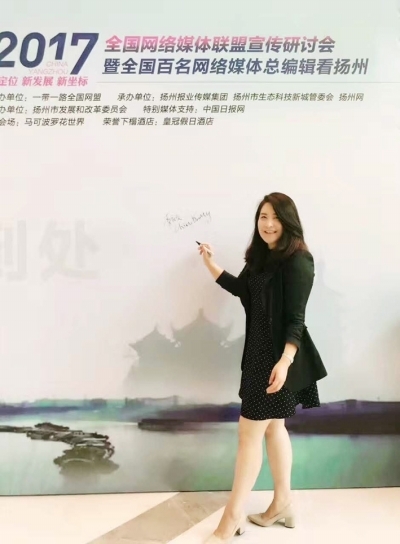 |
Li Xin, deputy editor-in-chief of chinadaily.com.cn
Unlike traditional media, internet media have no boundaries. There should be a content-sharing mechanism among the media in countries involved in the Belt and Road Initiative. We should coordinate with these countries to better understand each other and build closer ties. Chinadaily.com.cn has established an alliance with many important media along the Belt and Road to strengthen cooperation and exchanges. Through our English language channel, we will spread the ideas of the Belt and Road Initiative all over the world.
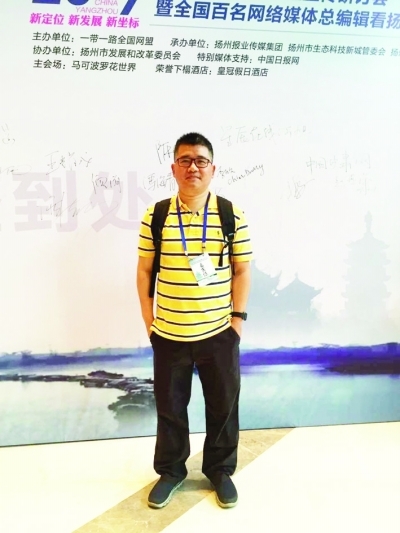 |
Feng Haiqing, deputy editor-in-chief of jschina.com.cn
We have been actively exploring the integrated development of various media formats. Local internet media can find development opportunities by becoming more down to earth and providing flexible services for local netizens.
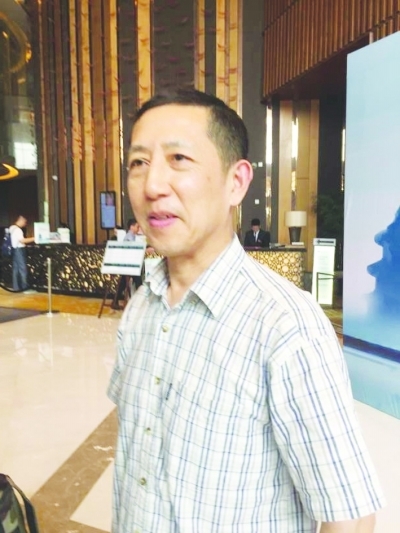 |
Wang Ningjun, chief editor for internet media of Shanghai Daily
Internet media, which have no geographical limits, has its own advantages in communication, which can help more people understand China's Belt and Road Initiative. Shanghaidaily.com has extensively covered successful operation of Chinese enterprises in other countries through its English-language content and we have a unique advantage in spreading Belt and Road ideas.
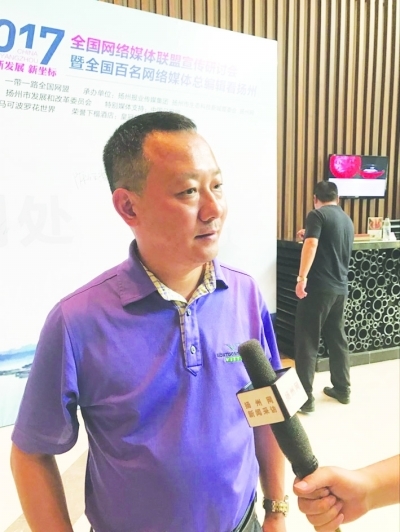 |
Bian Guanfeng, editor-in-chief of hf365.com
First, we need to further integrate new media and traditional media; second, we need to find our role. The media persons used to be called "the publicist". I believe the title now should be changed to "the server".
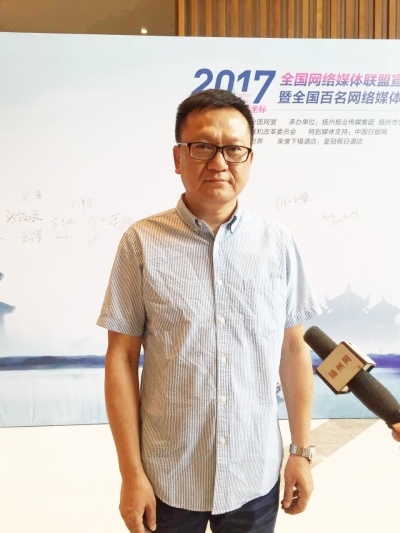 |
Kong Qingwu, editor-in-chief of dayoo.com
More and more media are now trying to transform. We used to focus on news portals. With the growing popularity of mobile terminals, we have started to be involved in the development of smart phone applications. As more apps are offered to users, we have to consider where is our advantage and where is our market.